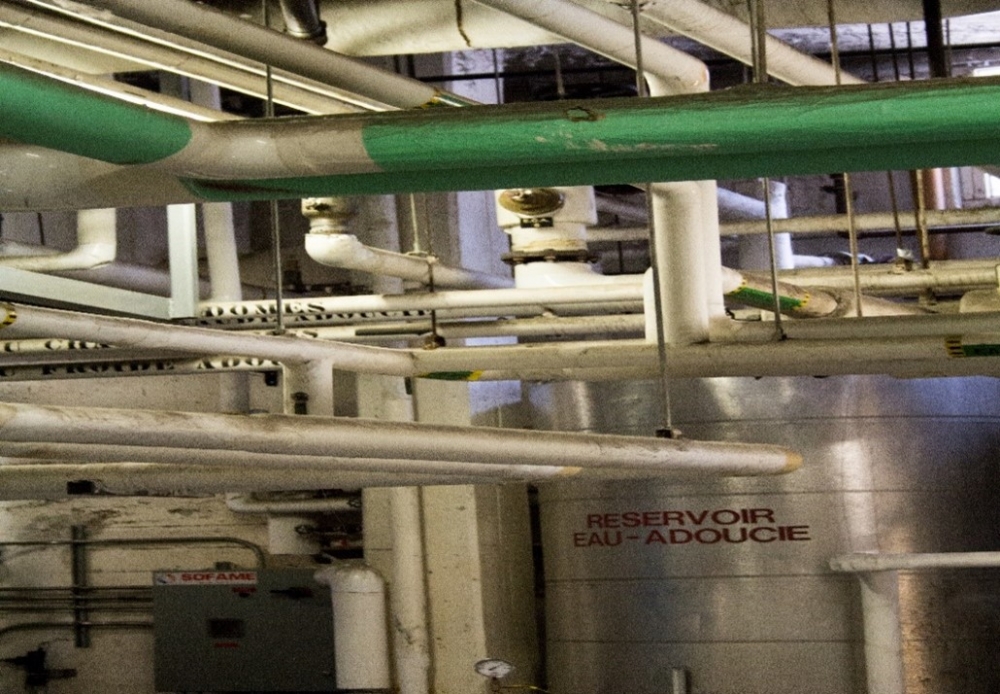
Owners of commercial, industrial, and institutional buildings, except for exclusively residential buildings with less than 3 floors and less than 9 apartments, are required by law to protect their buildings against possible drinking water contamination.
The most frequent cases of contamination occur inside a building, after the water has been delivered by the municipal water supply system. Contamination may be limited to one or more areas of the affected building, but it can also spread in the city water supply system and contaminate other buildings in the sector.
Seemingly innocuous behaviors can often be the source of contamination, as is the presence of unprotected cross-connections in the building plumbing system. A cross-connection means any existing or potential connections between a potable water distribution network and any source of pollution or contamination.
Contamination can occur when there is reversal of the normal direction of water flow. This is called a backflow. To protect against this phenomenon, it is mandatory to install backflow prevention devices everywhere a risk is detected.
In Quebec, the Régie du bâtiment acts as the legislator. It enforces the Building Act, which is composed of the Construction Code and the Safety Code. It is in the latter that the provisions for cross connections protection of existing buildings can be found (Chapter 1, Article 7).
The Safety Code is based on two CSA standards: B64.10-17/B64.10.1-17 – Selection and installation of backflow prevention devices / Maintenance and field testing of backflow prevention devices.
The consequences of contamination are often disastrous for human health and to the environment, not to mention the substantial legal fees involved in case of dispute, costs to decontaminate the affected facilities or to restore the company’s reputation.
Therefore, a building analysis is recommended to determine if there is presence of risky cross-connections in the plumbing system. The implementation of a cross-connection control program will ensure compliance with the building codes and laws in force and will preserve the peace of mind of building owner!
Contact Darspec experts for a building analysis or for more information on the offered cross-connection control programs!
We use cookies to understand how you use our site and to improve your experience. This includes personalizing content and advertising. By continuing to use our site, you accept our use of cookies, terms and conditions, privacy policy. Confused? Send us an e-mail.
I acceptWe use cookies
Respecting your privacy matters to us. We use cookies to personalize our content and facilitate your digital experience. Some cookies may be collected with your consent.
Essential
Essential cookies help make a website usable by enabling basic functions such as page navigation and access to secure areas of the website. The website cannot function properly without these cookies.
Performance
These cookies enable us to analyze navigation on our sites and improve their operation.
Customization
Preference cookies enable a website to remember information that modifies the behavior or appearance of the site, such as your preferred language or the region you are in.
Targeted advertising
These cookies help us limit the number of times you see an advertisement, personalize our offers and services according to your centers of interest, measure the effectiveness of an advertising campaign, and so on. They may be shared with our partners.
We use cookies
Respecting your privacy matters to us. We use cookies to personalize our content and facilitate your digital experience. Some cookies may be collected with your consent.